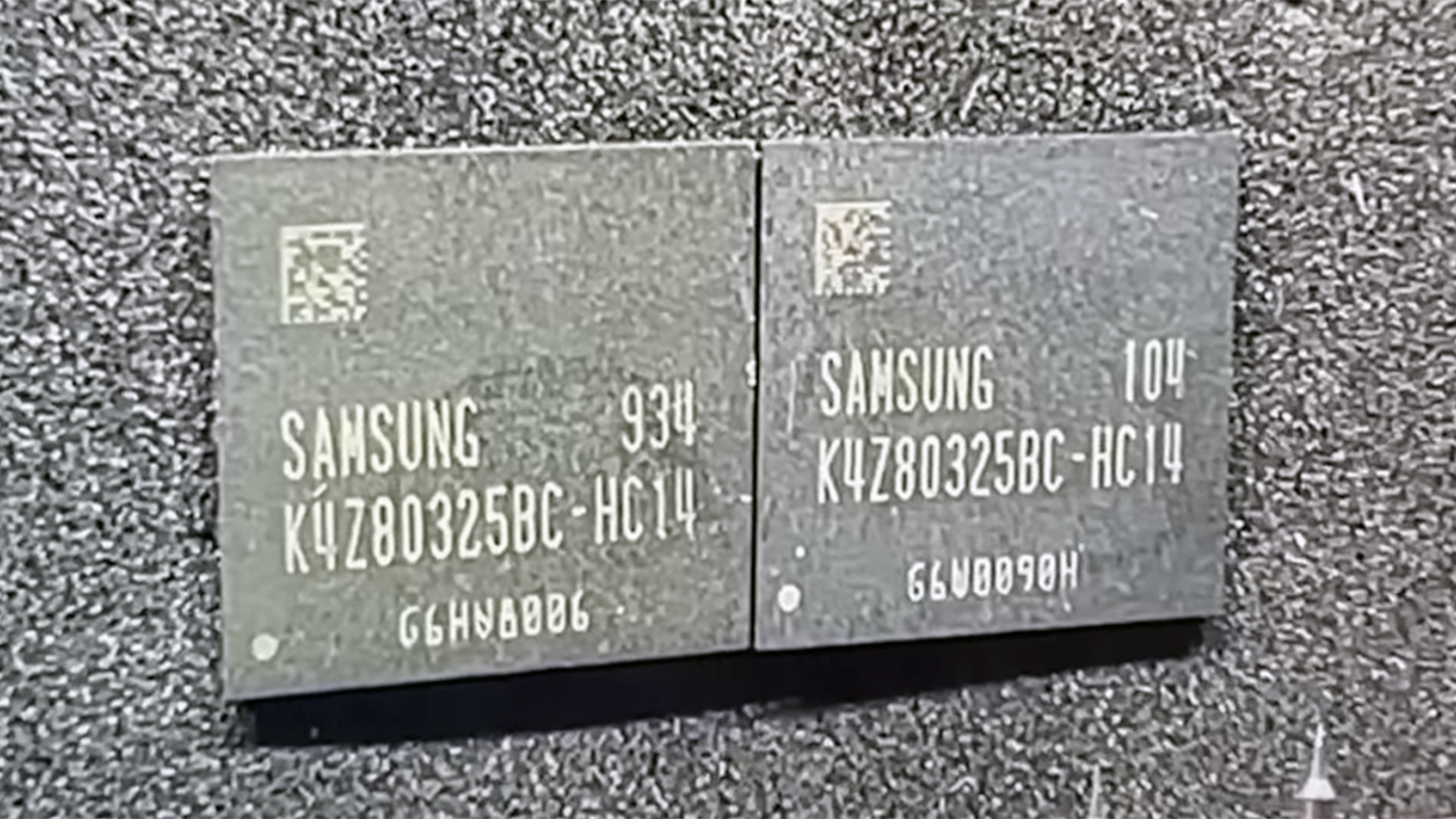
Crypto Miners Are Painting GDDR Memory to Make Graphics Cards Look New
It is not a secret that miners tend to sell graphics cards they no longer need and pretend they are either nearly new or at least have not been used for mining. We’ve seen reports of miners power-washing large numbers of GPUs in the past. But recently these sellers have seemingly found a new way of tricking gamers desperate for a capable and affordable graphics card: painting the memory on add-in-boards to hide signs of overheating. This is according to reports by Iskandar Souza and TecLab.
There are many ways to tell that a graphics card is not new. Anything from dust accumulation, worn warranty stickers, scratches, oxidized contacts, and a slight change of PCB color are to be expected on cards that have been used for several months or years. Also, a slightly darker GPU substrate and yellowish markings on memory chips indicate that a card has been used for a long time. The latter is something that some miners are now trying to hide.
Missing screws and removed warranty stickers are also clear indicators that a GPU has been tampered with. While in some cases this may be a result of using a third-party cooling system and then switching back to a stock one, in most cases these are indicators that the board was used for mining and then opened up to clean up, change thermal pads/paste, and so on.

Apparently, there are also other reasons to remove a cooling system and then install it back: to resolder a failed GPU or a memory chip, as well as to paint memory chips to make them look newer than they are.
A graphics processor that has been used for a while tends to change color (or its epoxy does) due to high temperatures. That color tends to get significantly darker if the GPU was used for mining and was subject to high temperatures for prolonged periods.
Painting a GPU substrate is a hard task, so it doesn’t seem like like anybody is doing that yet. But markings of memory chips tend to get yellowish after prolonged use, because of overheating and/or because they were soldered down in a repair shop. To hide this, some miners are reportedly applying a special tint on DRAM ICs, though this tint can be easily removed to reveal the true color of chips, according to reports.

Resoldering expensive components is something that even official repair facilities do. So if you buy, say, a refurbished graphics card, it may come with a resoldered GPU or a GDDR SGRAM chip. But makers of graphics cards and repair shops do not typically repaint memory ICs to hide that they are not new.
In any case, buying one of the best graphics cards used at a decent discount might sound like an attractive deal, and doing so has always been a risky endeavor. But apparently, miners are employing new tactics to make their heavily used wares seem lightly used or as good as new. So be extra careful when purchasing a used graphics card these days, because years of wear and tear could be hiding just under a surface of paint that’s the only thing on the card that’s truly new.

